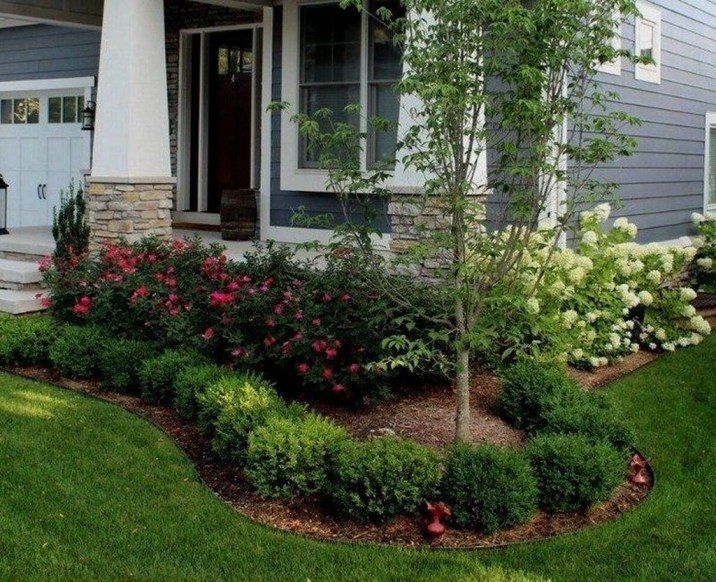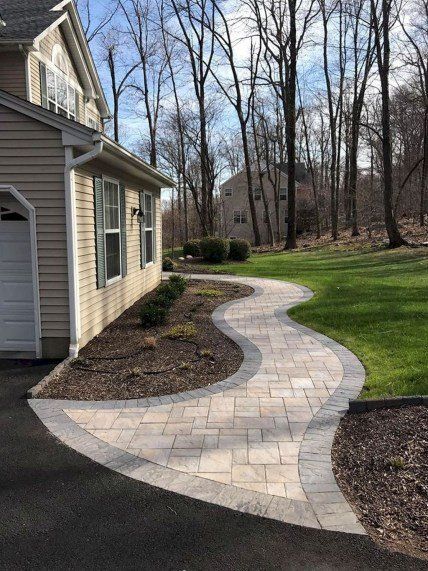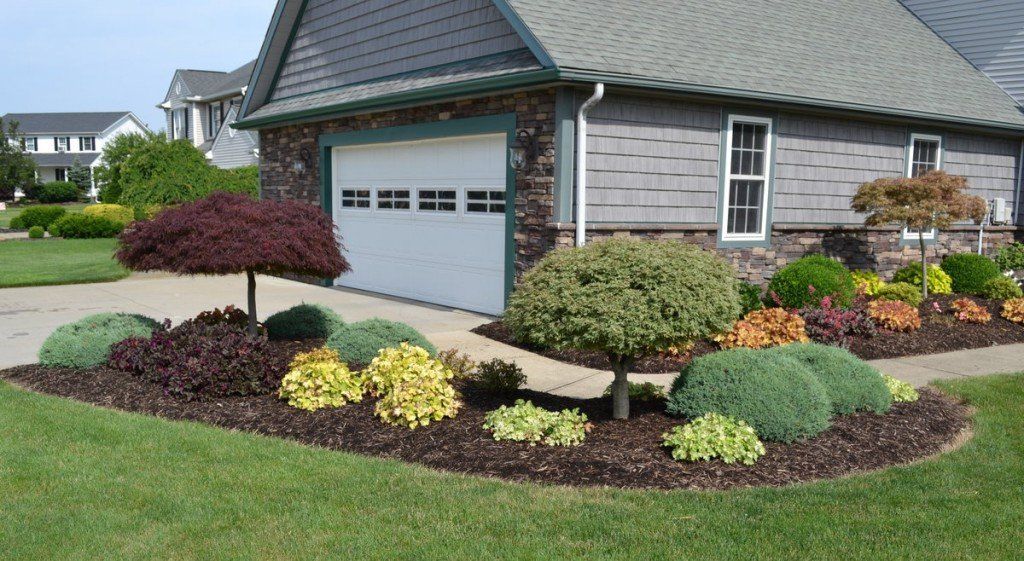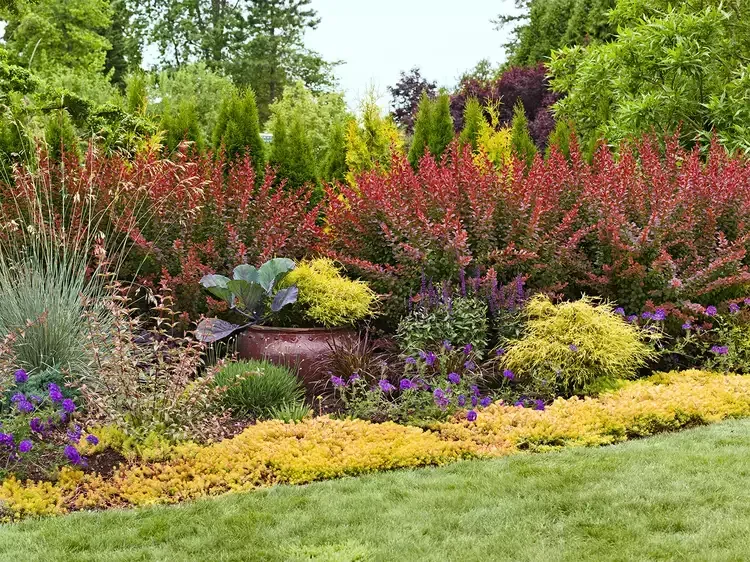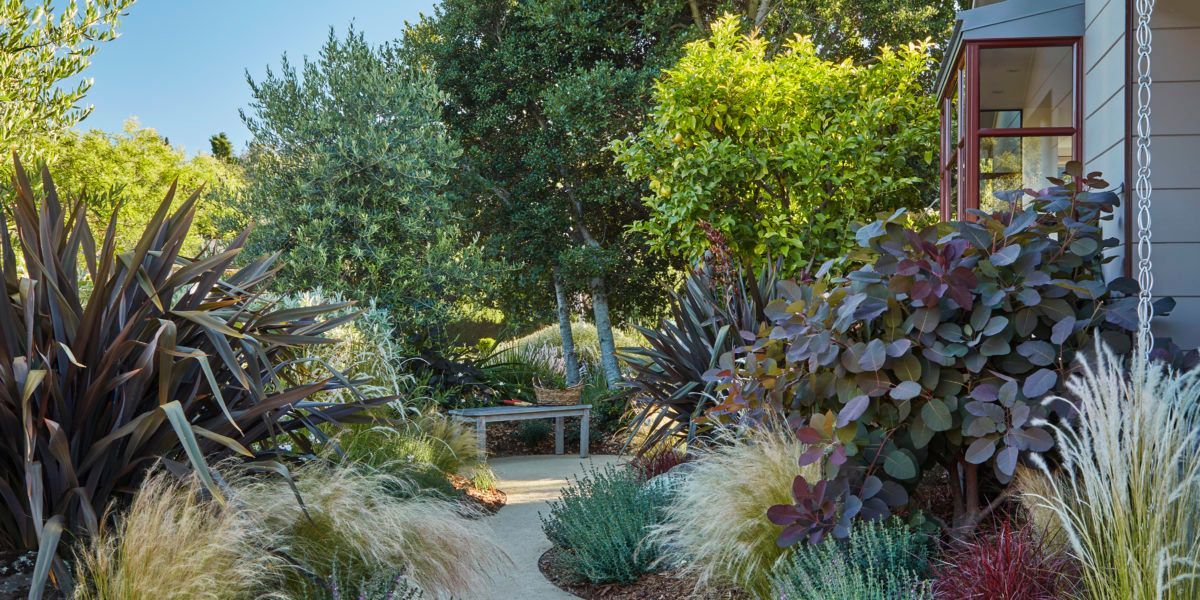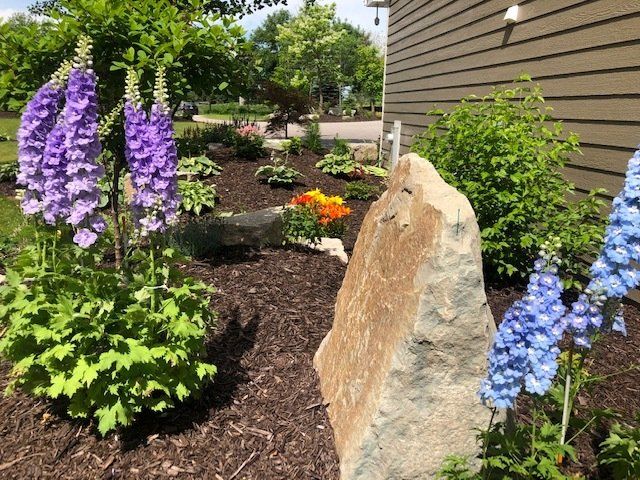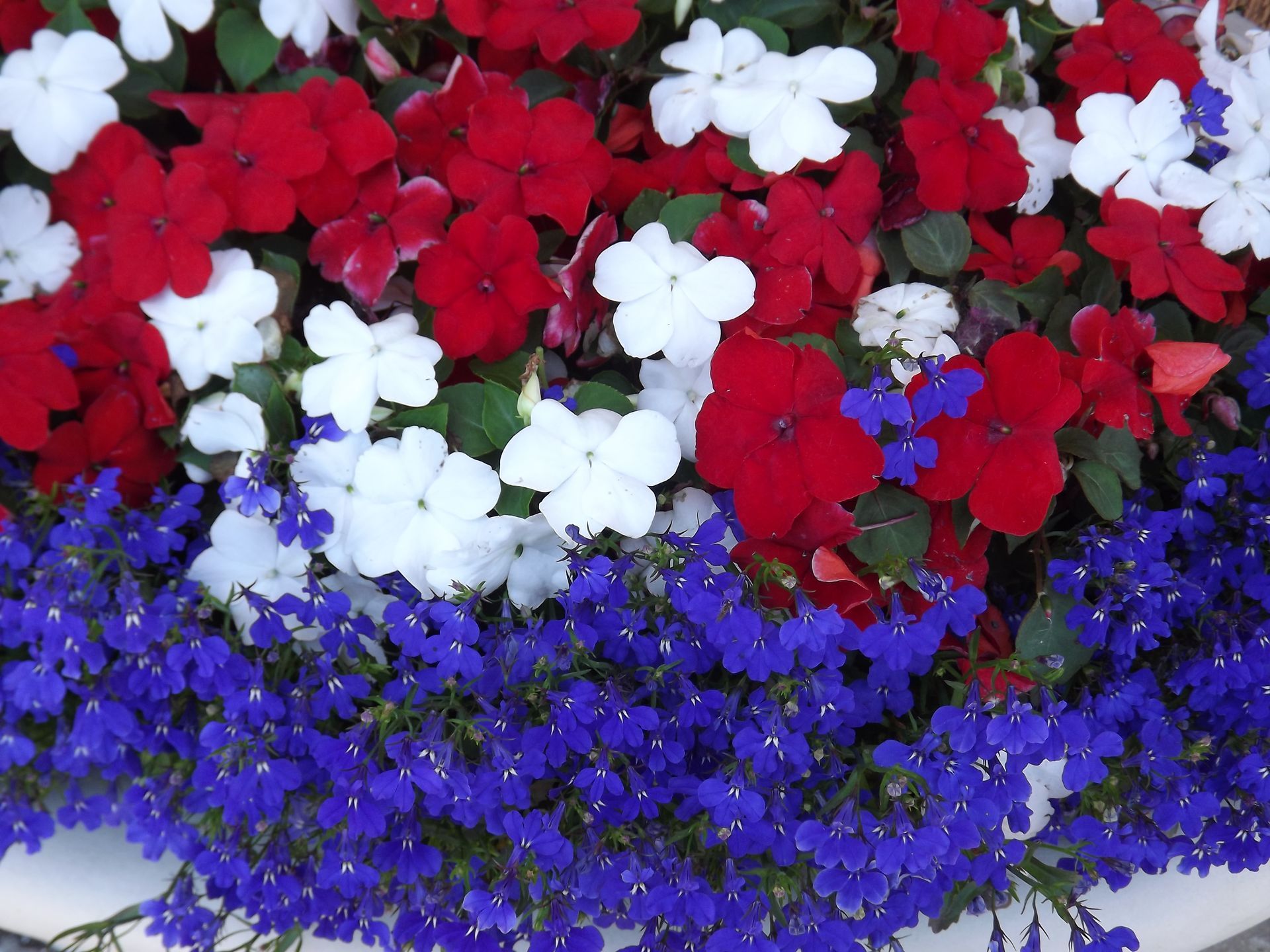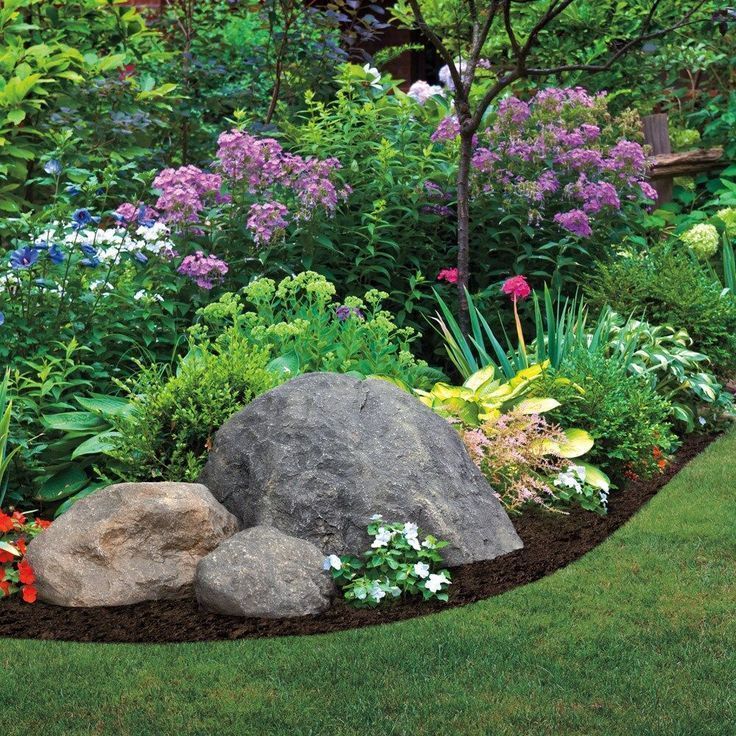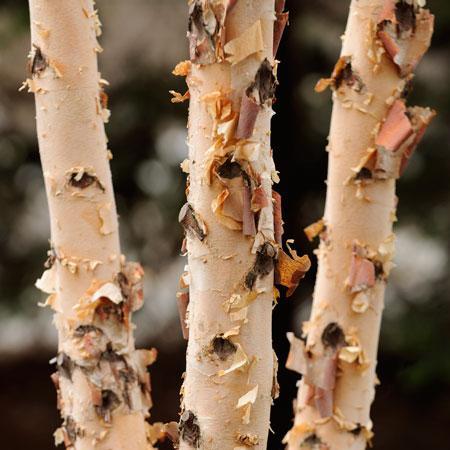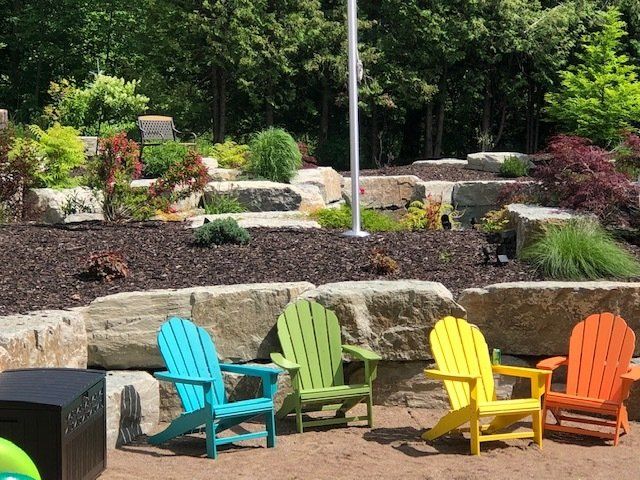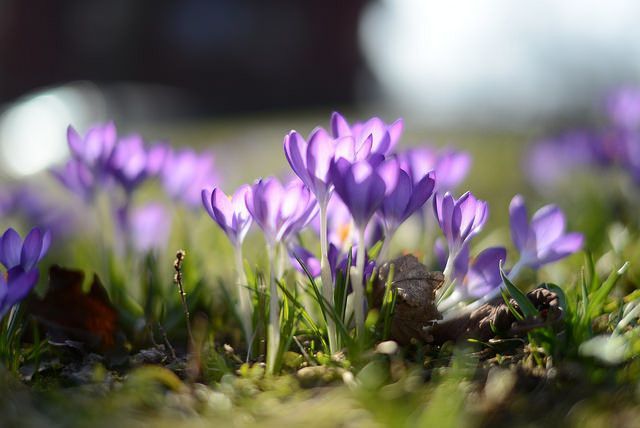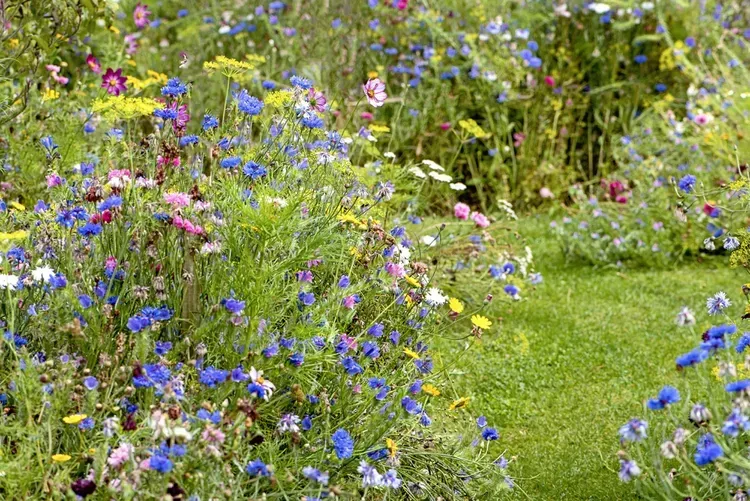Astonishing Yard Landscaping Ideas
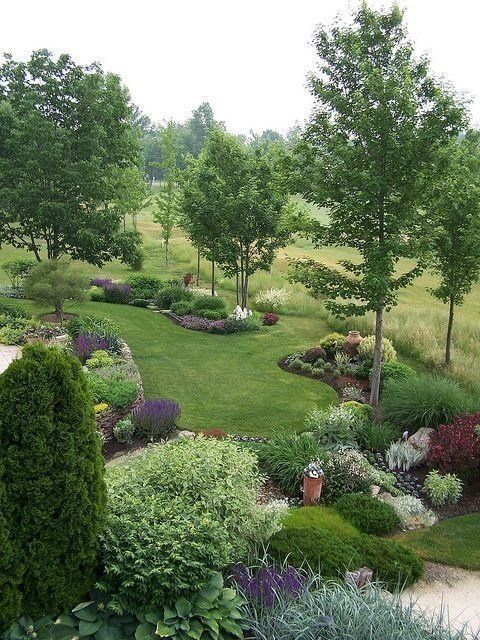
Most amateur front yard landscape designs include some grass, a tree or two and maybe a flower bed. And sadly, a lot of people completely ignore their backyards outside of the grass, the pool or a vegetable garden. But the benefits that come from adding professional landscape to your back yard or front lawn are incredible. Everything from the worth of your property to the condition of your neighborhood can change when you commit to professional landscaping. Your front yard and back yard will not only look great, but the improvements have some terrific additional benefits, too.
Energy Conservation: You can actually cut down on your utility bills with professionally landscaped front yards. If your home sits on a corner property, or faces an intersecting road, you probably get the full force of the sun and wind. Professional landscapers take those elements into account when they create designs, and as such might plant trees that will provide shade (keeping A/C costs down), or construct hardscapes that will protect your home from the winter winds (keeping heating costs down.) Some front yard landscape designs even help absorb the heat of the sun by working like a natural form of insulation.
Bio-Diversity: In the interest of honesty, it has to be said: bugs are pests. Grubs and beetles will eat your plants, and mosquitoes are both annoying and dangerous. But when you have someone professionally landscape your backyard, you get a person who knows which plants will attract which insects or birds, and which are more likely to attract bugs or rodents. Certain flowers will attract butterflies, who will take of pollination, saving you money on expensive “flower food” or fertilizers. And while birds might be a problem when you first seed a yard, they also eat the bugs that may destroy your plants later.
Additional Living Spaces: Most people want to get the most use they can out of their outdoor spaces. When you landscape your backyard, you can create an additional living space for you and your family to enjoy on nice days. You can have a design team build the perfect outdoor kitchen, or create a peaceful Zen garden. You can even incorporate such elements into your front yard landscape designs, too. If you have a large front lawn, why not add a reading corner or a water fountain? Professionals who create landscaped front yards for a living know how to make private areas for you to use, so that you can utilize all of your space without feeling exposed to the neighborhood.
Curb Appeal: Landscaping your front yard adds monetary value to your house – period. Landscaped front yards look better, encourage sustainability and water conservation, and promote the value of the neighborhood. In fact, studies have shown that people searching for their first home believe good landscaping is indicative of better housekeeping – a fact professional landscapers will willingly share. So by landscaping your front yard, you’re showing the world that you devote time and energy to maintaining your house. Think about it: who on earth would dedicate so many hours to pruning the trees and mowing the lawn if the roof leaked or the foundation was bad, right?
Continuing the Landscape into Your Backyard
There’s a lot to be said for continuity, and having your front yard landscape designs flow into the back yard is a good idea. Hiring a design team is the easiest way to do this, because they’ll know exactly how to create beautiful front yard landscape designs that become useful and practical in the back yard.
Need an example? Let’s say that while landscaping your front yard, you decide you want to add a natural stone wall to set off the plants and shrubs that have already been planted. When it comes time to design the back yard, you need to reconsider that stone choice: will it be strong enough to double as pavers? Will you need to double the amount you purchase because your back yard is very large – or will they look out of place because your back yard is small? Will it break your budget?
Hiring professionals eliminates these issues, because they’ll already know which materials will work best for both beauty and utility. They’ll have a specific budget with which to landscape your backyard and your front yard, and can choose plants, stones and trees that are both pretty and sturdy. They’ll keep costs down, too, because all of the guesswork will be eliminated. Landscapers make it a point to know which materials can be purchased locally, so that the natural environment of the area will flourish – and so that you won’t pay a fortune in shipping costs, either. Overall, it makes more sense to hire a contractor to create the designs from beginning to end. You’ll always know what you’re getting, and you’re sure to be happy with the end result.
Source: https://www.88trenddecor.com